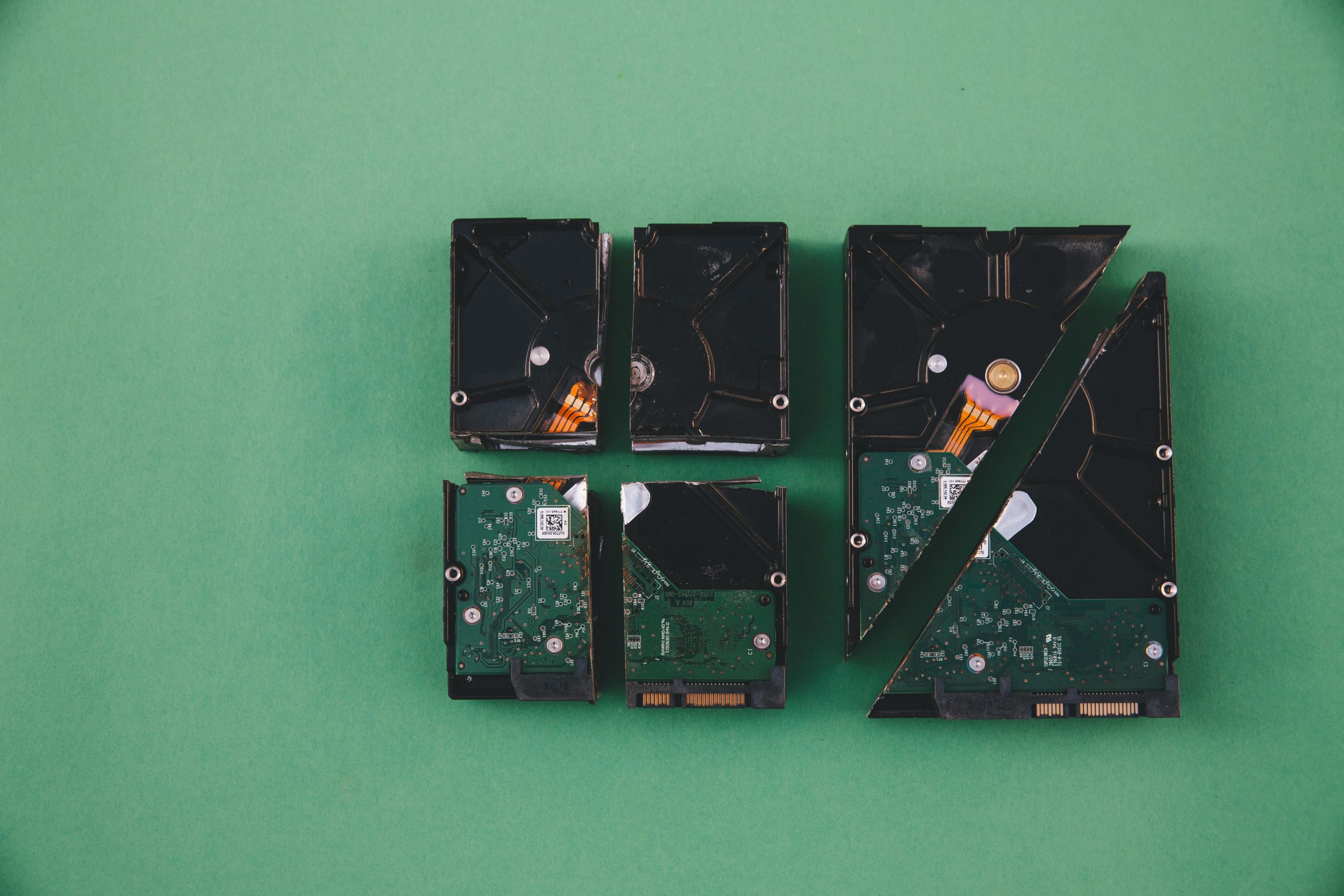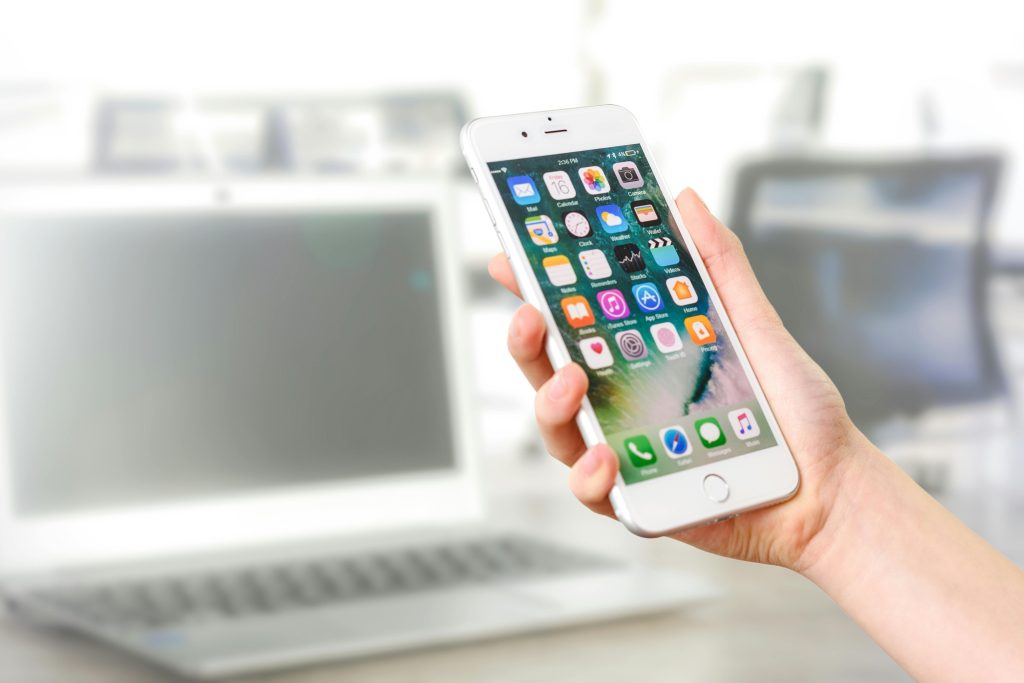Troubleshooting an External WD Passport HDD Causing Windows Explorer to Hang and Preventing System Boot
External hard drives are essential for data backup and portability, but they can sometimes introduce unexpected issues—especially if the drive becomes unresponsive or causes system instability. Recently, a user reported a problematic scenario involving a Western Digital (WD) Passport external hard drive that led to Windows Explorer freezing and prevented Windows from booting properly. This article explores potential causes and offers systematic troubleshooting steps to diagnose and resolve such issues, particularly when professional data recovery services are not an option.
Scenario Overview
The user’s external WD Passport HDD began exhibiting critical symptoms:
– Windows Explorer would freeze or crash when attempting to access the drive.
– Disk management tools, including recovery programs like MyRecover and TestDisk, would hang when reading the drive.
– Command-line utilities such as chkdsk and diskpart commands also stalled.
– Right-clicking the drive in Explorer caused it to crash.
– The drive displayed its name but no size or volume details.
– Windows failed to boot when the drive was connected but booted normally after disconnecting the drive.
– The drive appears to be operational with a blinking activity light but emits no clicking sounds, suggesting it’s not physically damaged.
Understanding the Problem
The symptoms suggest that the external drive may be in a problematic state, possibly related to:
– File system corruption
– Partition table issues
– Hardware faults or controller problems
– Firmware glitches
– System conflicts due to the drive’s response during the Windows wake or restart process
The fact that the drive causes Windows to hang during detection signals that Windows cannot properly read or mount the drive, affecting system performance and stability.
Step-by-Step Troubleshooting Approach
1. Disconnect and Test on Different Systems
- Unplug the external drive.
- Connect it to another computer to see if the symptoms persist.
- If the drive causes similar issues on another system, the problem likely resides within the drive itself, potentially pointing to hardware concerns.
2. Check Physical Connections and Power Supply
- Ensure USB or interface cables are intact and functioning.
- Use different USB ports or cables to exclude connection issues.
- Avoid using hubs; connect directly to the PC’s USB port.
3. Boot Into Safe Mode
- Restart your computer in Safe Mode.
- Connect the external drive and observe if Windows responds differently.
- Safe Mode loads minimal drivers
Share this content:


